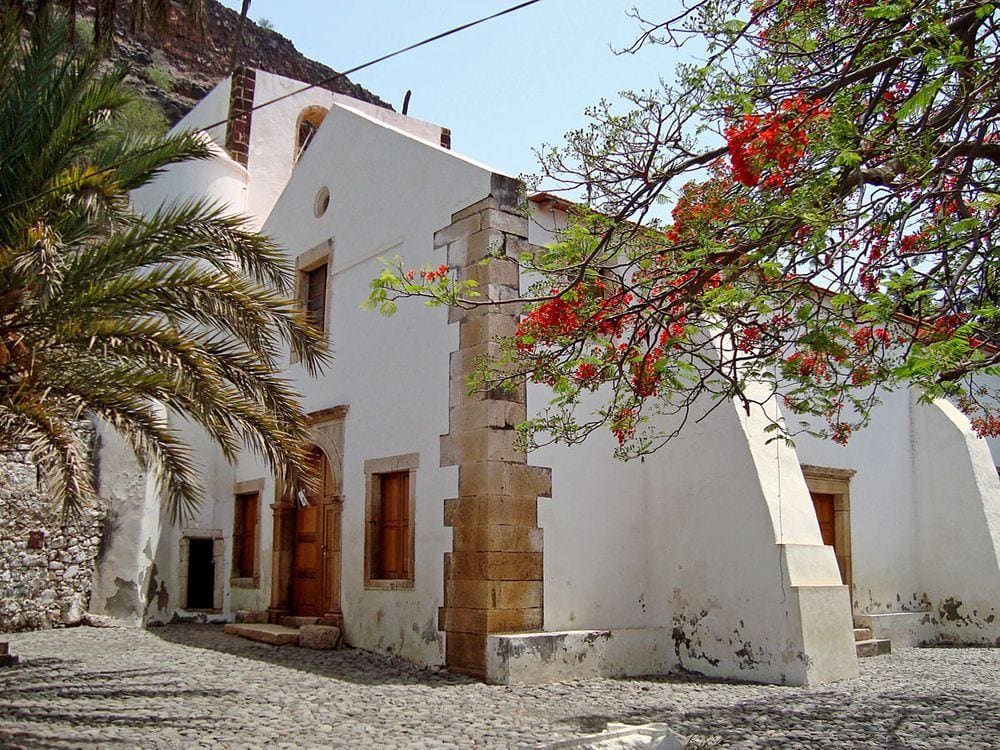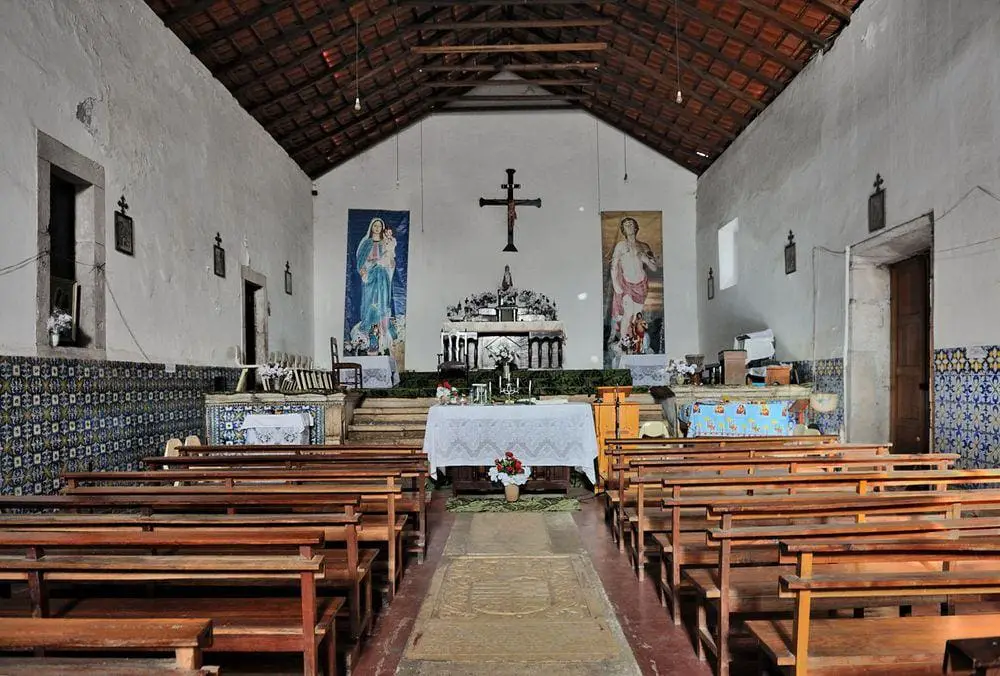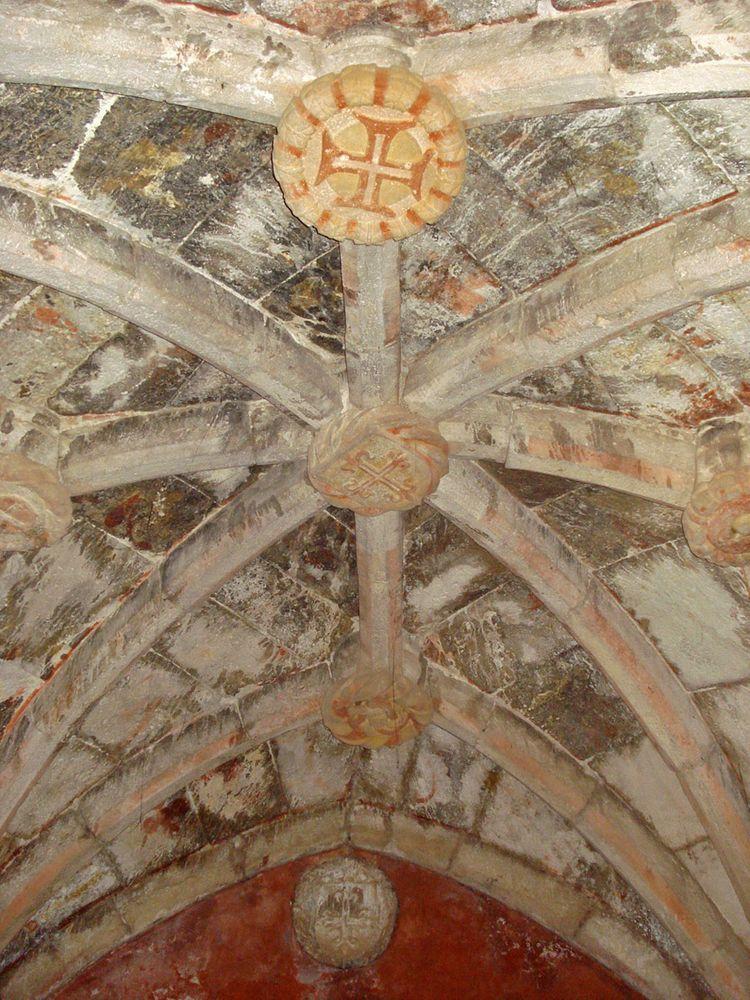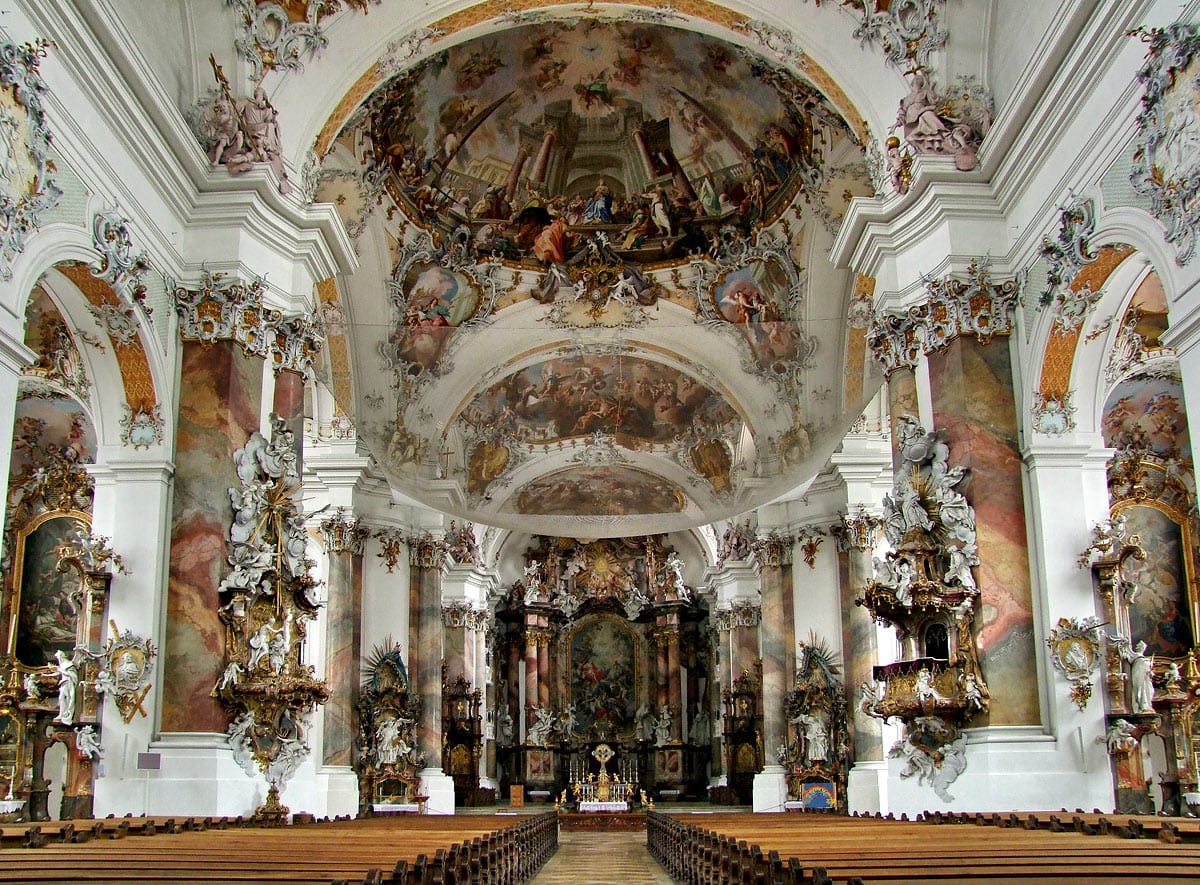World 🢖 Africa 🢖 Cabo Verde
Churches 🢔 Religious architecture 🢔 Architectural wonders 🢔 Categories of wonders
Wonder
Nossa Senhora do Rosario church in Cidade Velha

 In short
In short
The oldest colonial church in the world is Nossa Senhora do Rosario church in Cidade Velha, Cabo Verde.
 42.8%
42.8%
GPS coordinates
Location, address
Name in Portuguese
Year of construction
Branch of Christianity
UNESCO World Heritage status
Map of the site
If you see this after your page is loaded completely, leafletJS files are missing.
 In detail
In detail
This austere, simple building marks the beginnings of the dominance of Western civilization in the late 15th century.

The oldest town in Cabo Verde
Santiago island was discovered by the Portuguese in 1460 and soon after – in 1466 – there was established the first town, which was then named – Ribeira Grande (now – Cidade Velha). There were no native people in Cabo Verde.
Ribeira Grande was the first European outpost in the tropics, a vague beginning of the dominance of Western civilization.
In a short time this picturesque town at the mouth of 100 m deep canyon turned into a hub of Portuguese colonial business. Ribeira Grande was the main stopover site for the Portuguese in their way to their African, South American, and Asian colonies. This town served as a transfer point for slaves, nearby were cultivated new (for Europeans) plants from the other colonies.
Town became very rich and from time to time was attacked by pirates, e.g. in 1585.
First colonial church
In 1493 here was built the first Christian chapel in sub-Saharan Africa, in 1495 it was extended to its current size. This building was built in Manueline Gothic style, it was austere and simple, both outside and inside.
Church was used also for the burial of local nobleman.
It is interesting to note that many Africans became influential and revered people in this town. For Europeans of those times it was unusual to see that pastors in Nossa Senhora do Rosario church were pitch black… and, well, they were learned, devoted, optimistic, and musically endowed people, much better pastors than most of their European colleagues.

Decline of the town
Due to geopolitical changes the importance of Cabo Verde decreased in the 18th century. Ribeira Grande turned into a sleepy outpost in faraway islands. By the late 18th century capital of the islands was transferred to nearby Praia, and many buildings in the old town (Cidade Velha – hence its current name) were destroyed.
Part of its values though was well preserved – original street network, impressive fortress, central square – Pillory Square, and two churches, including the old Nossa Senhora do Rosario church.
Only by the end of the 20th century did the town (now – rather a village) gradually revive. Step by step its most valuable buildings have been renovated and now this is a pleasant, charming colonial town in a spectacular natural setting.
The original architecture and details of Nossa Senhora do Rosario church have been exceptionally well preserved. The church is active up to this day, with a mass held every Sunday.
 Linked articles
Linked articles

Wonders of Cabo Verde
Once upon a time, Cabo Verde islands were on the important way between Portugal and its faraway colonies. Now islands are somewhat trapped in silence. Highlights of Cabo Verde are historical towns with numerous well-preserved examples of colonial architecture.

Religious architecture
Since ancient times human talents and skills have been expressed in religious architecture and arts, and traditions and rituals have evolved around pilgrimage sites. Religious buildings represent a major part of the highest achievements in architecture and crafts.

Churches
Throughout the millennia Christian churches have been the epitome of architecture and arts achievements in Western culture.
 Recommended books
Recommended books
Cape Verde (Bradt Travel Guide)
This new 7th edition of Bradt’s Cape Verde (Cabo Verde) has been fully revised and updated and remains the only comprehensive English-language guidebook available to the islands of this alluring Atlantic archipelago, described by some as ‘Africa light’. The guide includes well-researched history and cultural sections, with a particularly strong section on music, and brings an honest approach to reporting the fragile balance between tourist development and protecting the environment.
Cape Verde (Other Places Travel Guide)
Cape Verde is an elusive mix of everything: A blend of Portugal, a dash of Brazil, a hint of American, and a slice of Africa. Once known as the Forgotten Islands, the archipelago has emerged to offer everything from isolated windswept beaches, mountainous misty forests, giant salt flats, and black volcanic lava flows to top-of-the-line luxury hotels with the latest technology as well as small-town pensions in remote villages, rich in tradition.


